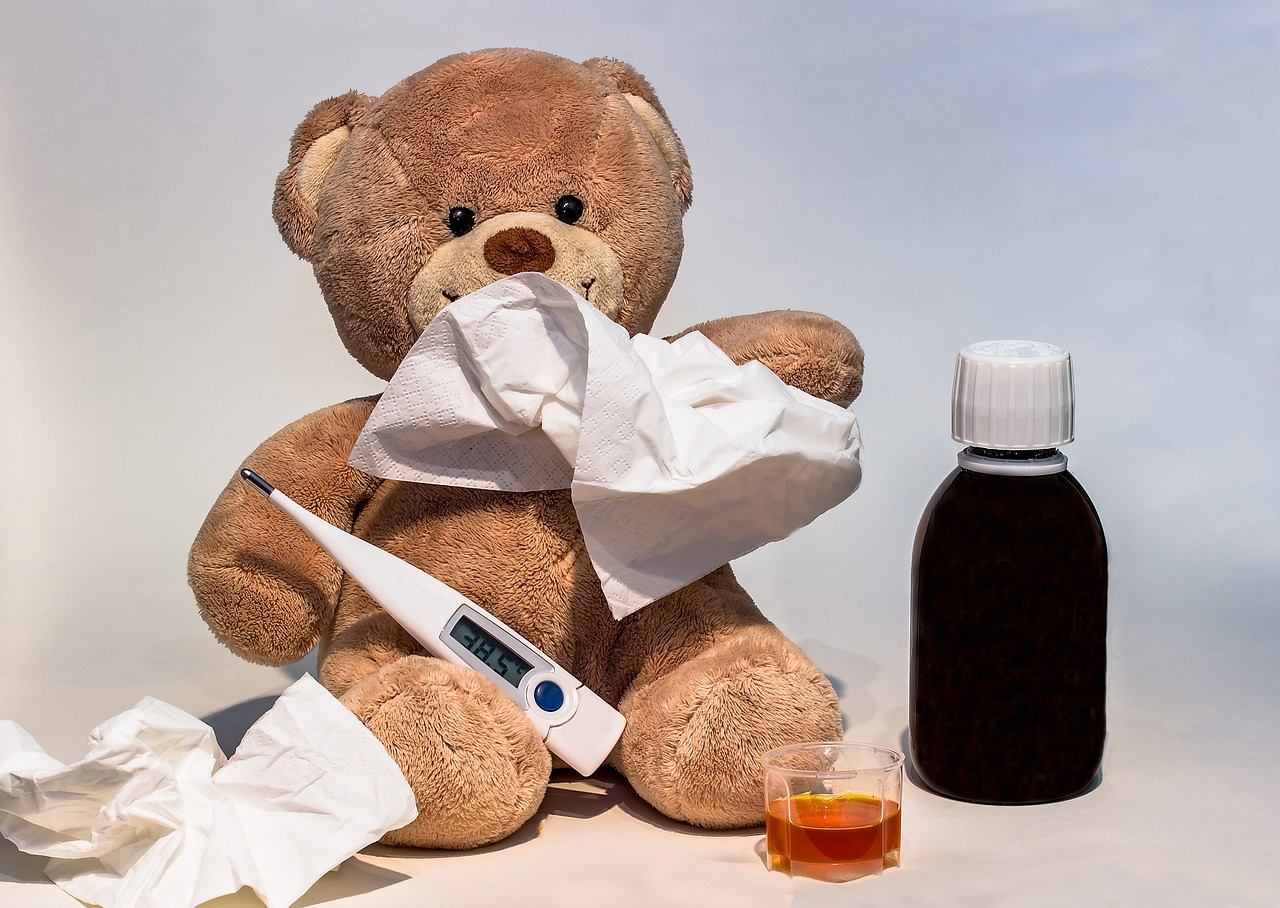Case increase at Montreal Children’s Hospital
Dr. Earl Rubin, a pediatric infectious disease specialist at Montreal Children’s Hospital, reports a considerable rise in severe walking pneumonia cases. While this disease is typically mild, more children now require intensive treatments, including oxygen support. Rubin notes that younger children, such as infants and toddlers, are unusually affected, a trend that mirrors patterns seen across Canada and the United States. Dr. Isaac Bogoch from Toronto General Hospital adds that similar patterns are emerging throughout the fall season, with higher incidences in recent months.
Symptoms and detection challenges
Walking pneumonia, medically known as Mycoplasma pneumonia, often presents with mild symptoms compared to other forms of bacterial pneumonia. However, the illness can take up to a month to show symptoms, complicating timely diagnosis. Dr. Jeffrey Pernica of McMaster Children’s Hospital notes that symptoms are similar to those of the flu, including coughs, runny noses, and breathing difficulties. In severe cases, hospitalization may be required, especially for children with pre-existing health conditions affecting the heart, lungs, or immune system.
Diagnostic limitations and testing issues
Walking pneumonia is not a reportable disease in Canada, meaning there is no national registry or central tracking system. Diagnosis typically involves various methods, including nose and throat swabs, blood tests, or chest X-rays. Dr. Rubin points out that test backlogs have led to delays, with specialized PCR tests usually only available in hospital settings. The lack of centralized data complicates efforts to monitor the disease’s spread and severity across regions.
Preventive measures and treatment
Doctors advise those with mild symptoms to stay home, rest, and avoid contact with others. In most cases, patients should focus on hydration, rest, and monitor their symptoms carefully. For severe symptoms, such as prolonged fever or breathing difficulty, antibiotics and supportive treatments like oxygen therapy may be required. Dr. Jason Wong from the BC Centre for Disease Control suggests staying up to date on vaccinations for respiratory viruses like flu and COVID-19, which can reduce risks associated with bacterial infections like Mycoplasma pneumonia.
Increased awareness and early intervention are essential as cases rise. Parents are advised to monitor symptoms, especially in young children and those with underlying conditions. By carefully managing symptoms at home and seeking medical attention when needed, families can help mitigate the risk of complications from severe walking pneumonia.


 The consumption of ultra-processed foods is a growing concern worldwide due to its links to major health issues. From obesity
The consumption of ultra-processed foods is a growing concern worldwide due to its links to major health issues. From obesity Loneliness, a widespread and often unspoken issue, has been recognized as a significant public health concern. Research shows it can
Loneliness, a widespread and often unspoken issue, has been recognized as a significant public health concern. Research shows it can Cold water therapy, a practice gaining popularity among celebrities and athletes, is becoming a global trend. With promises of stress
Cold water therapy, a practice gaining popularity among celebrities and athletes, is becoming a global trend. With promises of stress

